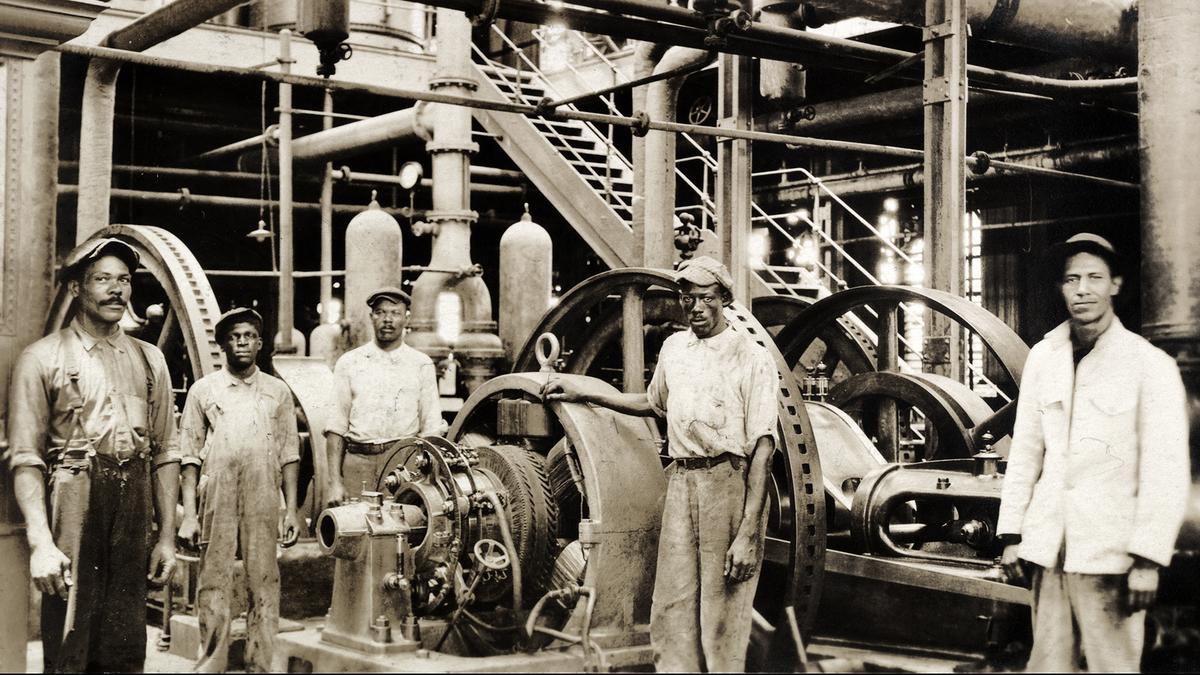
In the article prior to this one, I spoke about the Royal Commission in relationship to Estate Bethlehem becoming a modern sugar factory. Let us dig a little deeper into the history of the 19th century sugar industry of the Danish West Indies. We all should know that sugar from the colonies of the West Indies was processed into raw sugar and then shipped to different European countries where it was refined for consumption. During the 1800s, Great Britain dominated the sugar industry in the West Indies, both by shipping and refining, and tried to maintain that status.
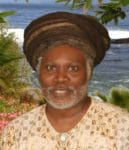
According to Bengt Lachmann, the tide began to change in the latter part of the 1800s when a trade in raw sugar from St. Croix also developed to ship sugar to the United States. In Scotland, in 1819, new high-tech equipment was introduced into the sugar industry known as the vacuum boiler, which took the raw sugar and turned it into a crystalized form. Believe me, this was high-tech at that time for the sugar industry of the world.
In the West Indies, Sir John Gladstone was the first person to use the vacuum boiler in his Guyana plantations. When he sent his first sugar to England, the English refineries saw to it to make the imported sugar from Guyana a burden to European countries with high duties on the West Indies sugar industry. As a result of this political sabotage by the English refineries, other countries in Europe followed Britain by making it difficult for sugar from the West Indies to enter the European markets.
In our Virgin Islands agricultural history, I always heard that the sugar beet was the downfall of the sugar industry in the Danish West Indies. But it was a host of other things like absentee landlords not managing their estates, sugar production in other areas of the Caribbean such as Puerto Rico and Cuba, and added competition for the Danes with the development of the sugar beet in Europe. The book by Bengt Lachmann that I mentioned in the first article on Estate Bethlehem’s history made it clear why sugar beets were preferred over sugar in Europe.
“Sugar beet had established itself in Europe with the aid of political and economic support, meaning that the importing of crystalized sugar from the colonies was most unwelcome and to be combated with protectionist import duties,” noted Lachmann. Nevertheless, in 1885, a vacuum boiler was installed at Bethlehem Plantation. Eventually, other sugar plantations on the island soon followed, such as estates Barren Spot in 1888 and Lower Love in 1889.
Gustave Adolph Hagemann (1842-1916), who was an extremely successful businessman, also installed the vacuum boiler at La Grange Plantation where he operated the sugar factory. The vacuum boiler was a great success for these estates with the processing of sugar. Jacob Lachmann, who modernized Bethlehem Sugar Factory in the early 1900s, was the person who saved the beet industry in Europe from mold when he built his Skivarp factory to process beets into refined sugar.
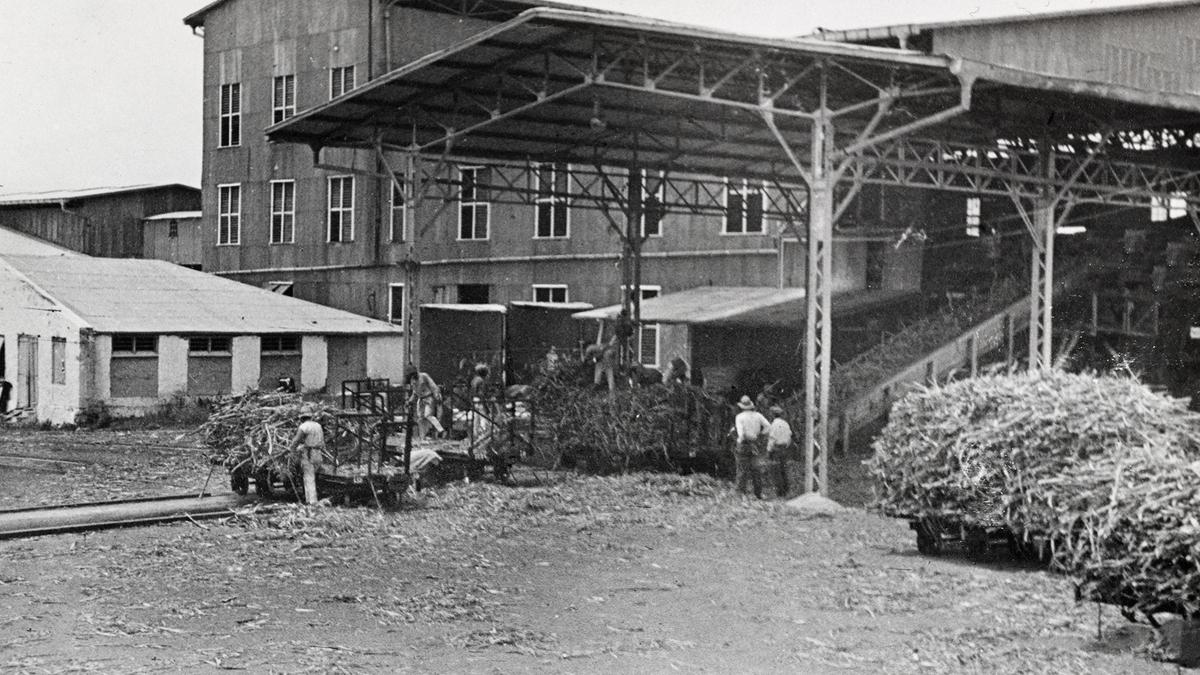
Lachmann was a great entrepreneur, industrialist, intellect, philanthropist, businessman of critical thinking, landowner, and had a kind heart for his community. He refurbished old Bethlehem Estate with the latest technology and equipment of the day. He built a chemical laboratory, workshops for mechanics, company stores, cafeterias, laundries, a cottage hospital, sugar beet farm factory,and he established two churches to serve the surrounding community. In all, Bethlehem Sugar Factory had a residential population of 3,000 inhabitants including workers and their families.
In those days, cane workers and others who lived in the central plain of the island’s busy sugarcane industry had to travel far to reach Christiansted or Frederiksted if they wanted any medical or pastoral care. At that time, there were dirt roads or tracks with horses and carts, but only the few most privileged could afford such animal transportation. It was for this reason and others why Jacob Lachmann looked out for his people who worked in the Bethlehem Sugar Factory for him and surrounding estates. He had a natural touch with people, and he made sure they were satisfied in pay or whatever their needs were within the Bethlehem community.
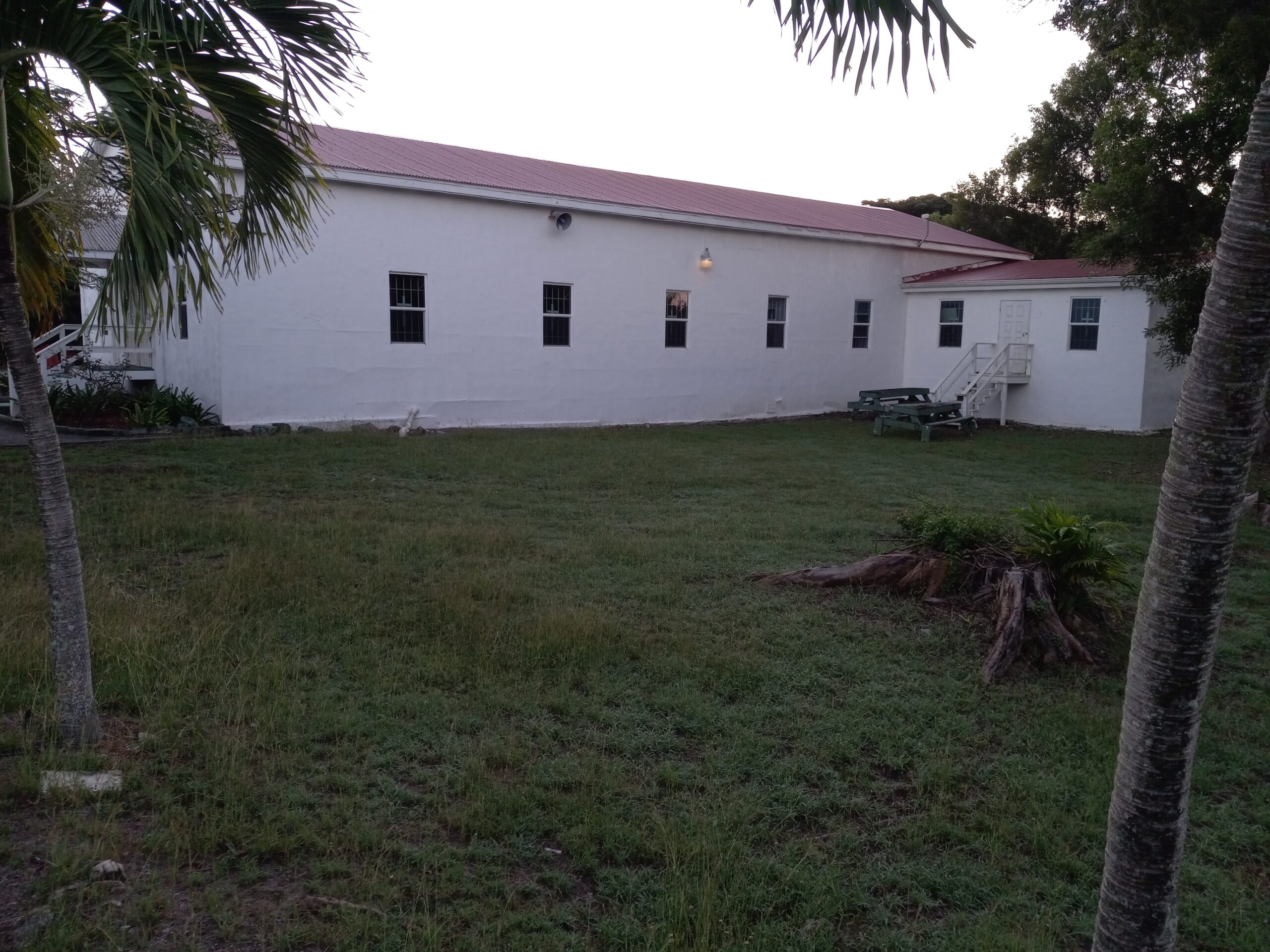
Jacob Lachmann appointed his nephew Karl Lachmann while he was living in Europe to manage the operation of Bethlehem Sugar Factory. While Jacob Lachmann and others wanted to see St. Croix’s sugar industry be competitive in the world market, the Danish government blocked its colonial sugar from the islands with import duties. Jacob wrote his nephew Karl expressing his disappointment in the Danish government over how they handled the island’s sugar economy.
“Jacob writes that he has lost faith that the Danish Parliament and Government will reduce import duties on sugar from St. Croix or indeed contribute to the financing of the island’s rail network. Jacob expresses disappointment over how the politicians have handled the matter,” noted Bengt Lachmann. In the letter, Jacob said if he “was 10 or 20 years younger,” he would build a factory on St. Croix. Despite the Danish government dropping the ball on investing in the infrastructure on St. Croix, Jacob went ahead and used his own money and modernized the Bethlehem Sugar Factory.
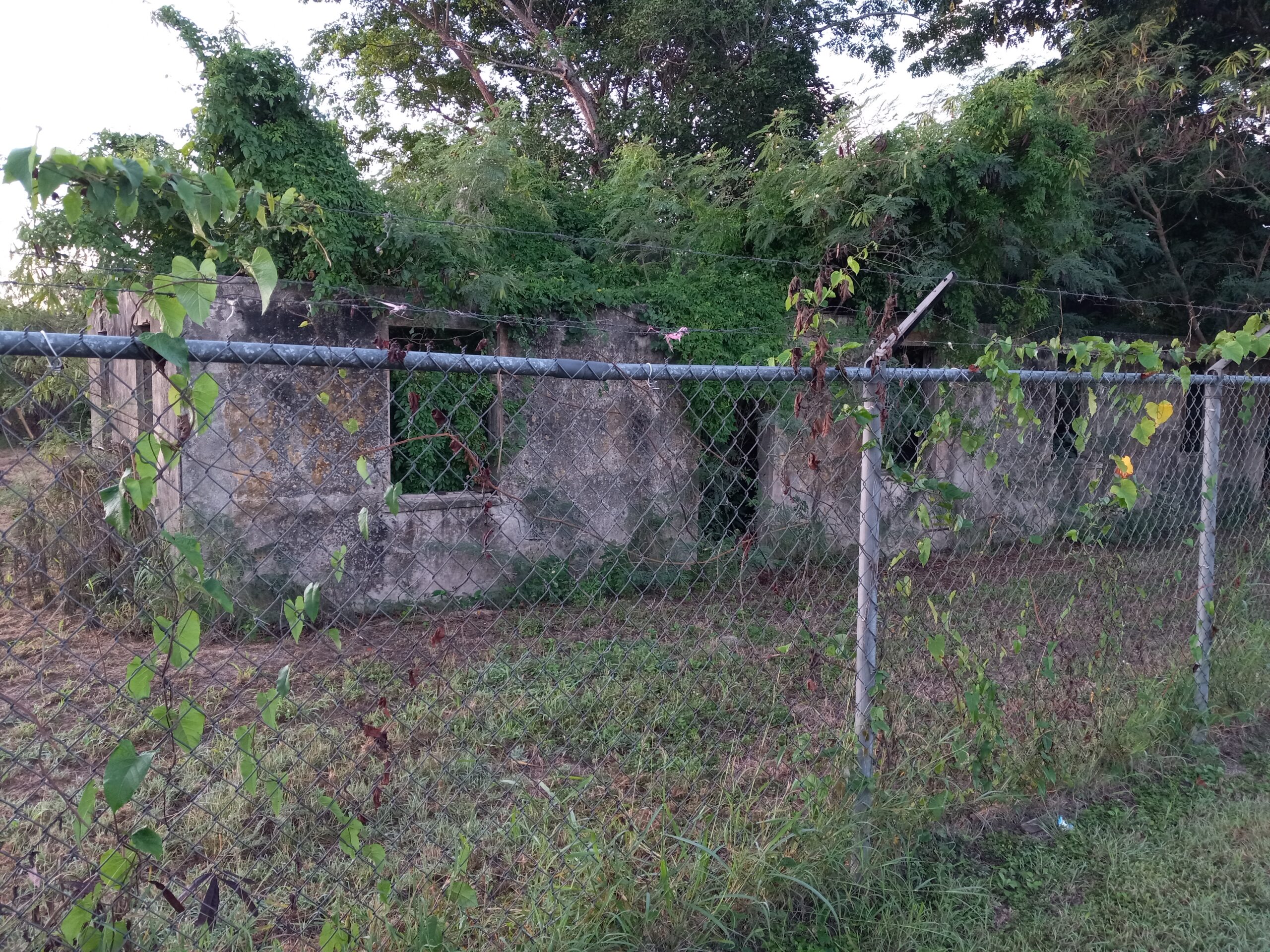
Bethlehem Plantation was a great investment by Jacob Lachmann. His production figures were excellent and financial returns as well. However, this all depended on the world market price for sugar and weather conditions on St. Croix, such as droughts or too much rain. In 1909, Jacob Lachmann died in Germany, a Dane of Jewish ancestry, leaving a legacy behind in the U.S. Virgin Islands. Bethlehem was a model modern sugar factory in Virgin Islands agricultural history that has played an ever-changing story of sugar on St. Croix from the early 1700s through to the end of the commercial era of sugar production on the island.
Believe me, Bethlehem played an important role in the economic life of the St. Croix people, through good and not-so-good times. What remains today of the sugar factory are ruins, mid-17th century slave gravesites, and a church still used by Crucians for worship.
Editor’s Note: The first column of this series can be found here.
— Olasee Davis is a bush professor who lectures and writes about the culture, history, ecology and environment of the Virgin Islands when he is not leading hiking tours of the wild places and spaces of St. Croix and beyond.





